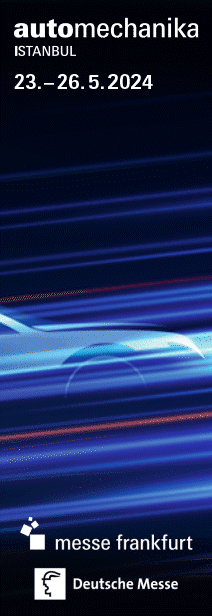For many years now, hydraulic system pressures have been increasing in mobile machinery – all in the name of improving productivity. The hydraulic pump and downstream components have to deliver the power the machine needs to move faster, lift heavier loads, and meet other end-user requirements. This is no different on electric machines. Buyers expect the performance of an electric machine to at least match the equivalent diesel machine.

In designing a new generation of its electric backhoe loader, a major U.S. OEM specified the same high-pressure fluid conveyance components as the previous generation machine. The outcome, however, was far from the same – the result of a surprise development in the routine RFQ process.
Spiral performance from braided hose
High-pressure applications require spiral hose. This is common knowledge based on the fact that hose pressure ratings increase with each added layer of wire. Spiral hoses commonly have 4 or 6 layers of wire reinforcement while braided hoses have only one or two layers.
Needing a hose capable of meeting working pressures of 3,800 psi, the backhoe OEM specified SAE 100R12 four-wire spiral hoses for the high-pressure line between the machine’s hydraulic pump and the main control valve. Per its usual process, the OEM issued an RFQ for these hoses to multiple suppliers.
The OEM’s RFQ called for size 12 (0.75-inch inner diameter) 100R12 hoses. Danfoss EC881-12 hose met the working pressure, burst pressure, and other specifications for the application, but at a much lower cost. Recognizing the potential, the project team suggested a deviation to the OEM’s engineering team. Deviations at the RFQ stage are relatively common. What made this situation unique was the switch to a different hose construction.
“The mentality has been, if I want spiral performance, I need a spiral hose. And now we’re saying there’s this braided hose that can do the same. They’re skeptical,” said Scott Larson, senior engineer, Danfoss Power Solutions.
To convince the OEM, Danfoss engineers needed to prove the hose’s capabilities. This involved supplying vast amounts of test data to demonstrate the hose’s performance – for instance, how many impulse cycles the EC881 hose could withstand at specific pressures.
“Once they saw the test reports and given the history and relationship we have with [the customer], it was accepted and approved,” said Travis DeBoer, senior account manager, Danfoss Power Solutions.
A win for value engineering
Danfoss provided a quote and was ultimately awarded the business. The switch from four-wire spiral hoses and fittings to two-wire braided hoses and fittings resulted in a 31% cost reduction for the manufacturer. In addition, the hose’s greater flexibility will enable easier installation on the OEM’s assembly lines. When it comes time to change hose assemblies, end users will also benefit from the hose’s increased flexibility and lower cost.
The 100R12 hose performance specification was used to determine the hose routing on the electric backhoe, and the OEM was too far along in the design phase to change this. On future generations or for other machines where space is limited, however, engineers can now design the routing based on the greater flexibility of EC881 hose.
As a result of the backhoe project, the OEM is actively looking at other applications where it can use EC881 hose in place of four-wire spiral hose. And as these successful integrations increase, Danfoss representatives anticipate other OEMs will do the same.








